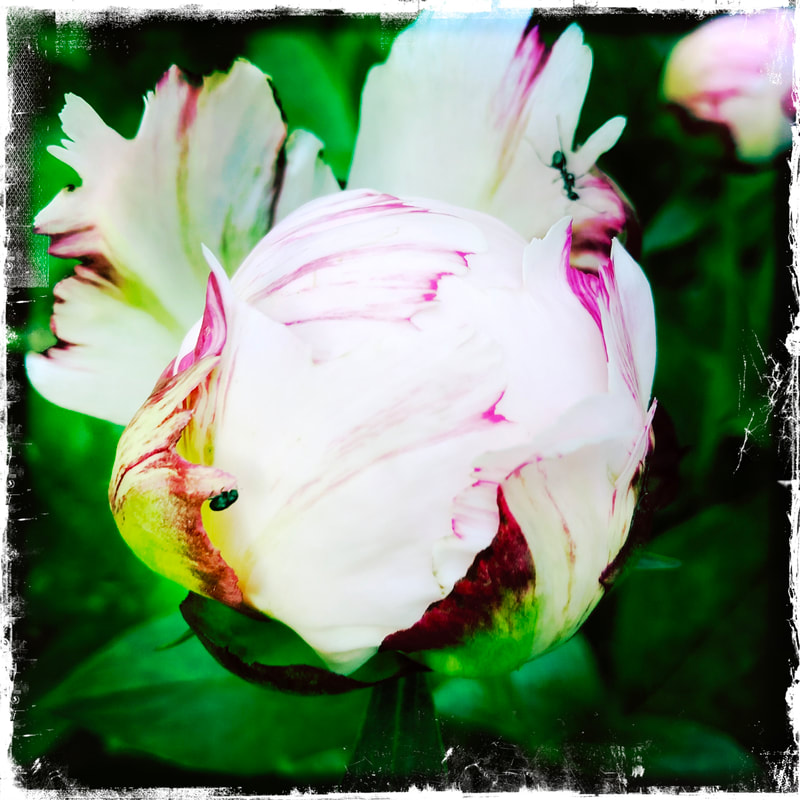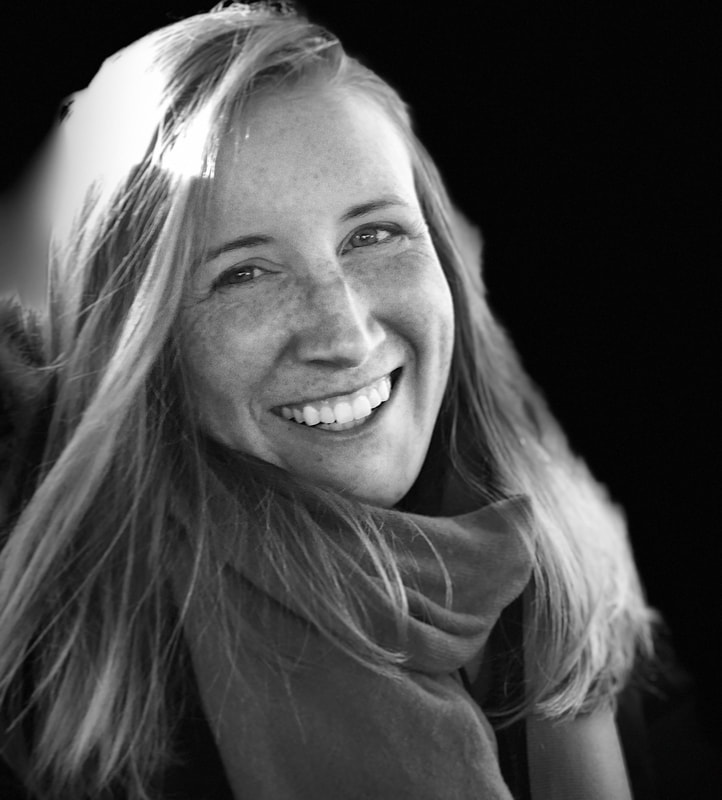ASSAY: A JOURNAL OF NONFICTION STUDIES
9.1
9.1
|
Montaigne would have us think of his book, and therefore his mind, as monstrous: “I have seen no more evident monstrosity and miracle in the world than myself” (III.11, 958). And “I find that…like a runaway horse, [the mind] gives itself a hundred times more trouble than it took for others, and gives birth to so many chimeras and fantastic monsters, one after another, without order or purpose” (I.8, 25). And elsewhere: “And what are these things of mine, in truth, but grotesques and monstrous bodies, pieced together of divers members, without definite shape, having no order, sequence, or proportion other than accidental?” (II.28, 165).
The collected Essais, bound in a single enormous volume and printed on tissue-thin paper, is, well, a monster of a book. Even with a table of contents and a numbering system to make the text easier to navigate, it is nearly impossible to do so. The attentive reader is constantly flipping backward and forward, trying to find a specific essay, page, or sentence, to retroactively trace a line of thought. That the titles of the essays often correspond little to the content therein makes this even more difficult: In “De l’expérience,” Montaigne expends the first few pages on a lengthy discussion of the French legal system; in “Des boyteux,” he discusses the French calendar, rumors, miracles, and sorcery before, in the essay’s final few paragraphs, getting to the “boyteux” of the title. It is difficult to navigate even within single essays, especially as they swell in size. Montaigne’s arguments are circular, repetitive, digressive, rhizomatic, oblique, even paratactical. He does not hold the reader’s hand: “I love the poetic gait, by leaps and gambols…It is the inattentive reader who loses my subject, not I” (III.9, 925). This monstrosity is especially evident to scholars of Montaigne. While reading critical articles, I noticed the lack of a uniform citation method for the Essais. Some scholars provide just the page numbers, others (much more helpfully!) the section and essay numbers along with a page number; some provide dual French/English citations—though, it seems, others’ editions are never quite the same as my own. It is rare, it seems, for scholars to provide the titles of the essays. To find a quotation I had seen quoted elsewhere from a Montaigne essay I had not yet read, I had to read the whole essay. There is no way through the essays but… through. Montaigne derided the scholar: “It is more of a job to interpret the interpretations than to interpret the things, and there are more books about books than about any other subject: we do nothing but write glosses about each other” (III.13, 996). So, it is fitting that he has created a text that almost successfully evades such glosses. But the monstrosity of the text extends far beyond its materiality. In the same way that mainstream culture has come to conflate Victor Frankenstein with his monster—so that many who have not read Mary Shelley’s novel believe Frankenstein to be the monster—we similarly have come to conflate Montaigne-the-person with Montaigne-the-text, even though, “[t]he narrative self depicted by the writer can never be construed as self-identical” (Kritzman 8). The text of the Essais has eclipsed and replaced the actual person of Montaigne just as Victor Frankenstein’s monster destroyed and then, in public imagination, replaced his creator. Like the monster, who lives on (presumably indefinitely) after Frankenstein’s death, so Montaigne’s book “continues to live on and have a life of its own” (Kritzman 7). The same could be said of children and grandchildren: over time, one’s descendants—who are not identical but rather “like”—eclipse and eventually replace the aging, dying, dead parent. As the monster’s creator, Victor Frankenstein is both father and mother to it; likewise is Montaigne both father and mother to the “chimeras and fantastic monsters” his mind has “birthed.” The Essais are thus fashioned as a kind of “enfant monstrueux” (a titular phrase of an essay I will discuss in a later section)—a male child, a son, born unnaturally, of one man, alone.
|
|
Emma Winsor Wood is the author of The Real World, a poetry collection, and the translator of A Failed Performance. Her poems and essays have appeared or are forthcoming in The American Poetry Review, ZYZZYVA, Fence, jubilat, DIAGRAM, The Colorado Review, and BOAAT, among others. She is a PhD Candidate at the University of California Santa Cruz, and she edits Stone Soup, the literary and art magazine for kids.
|

